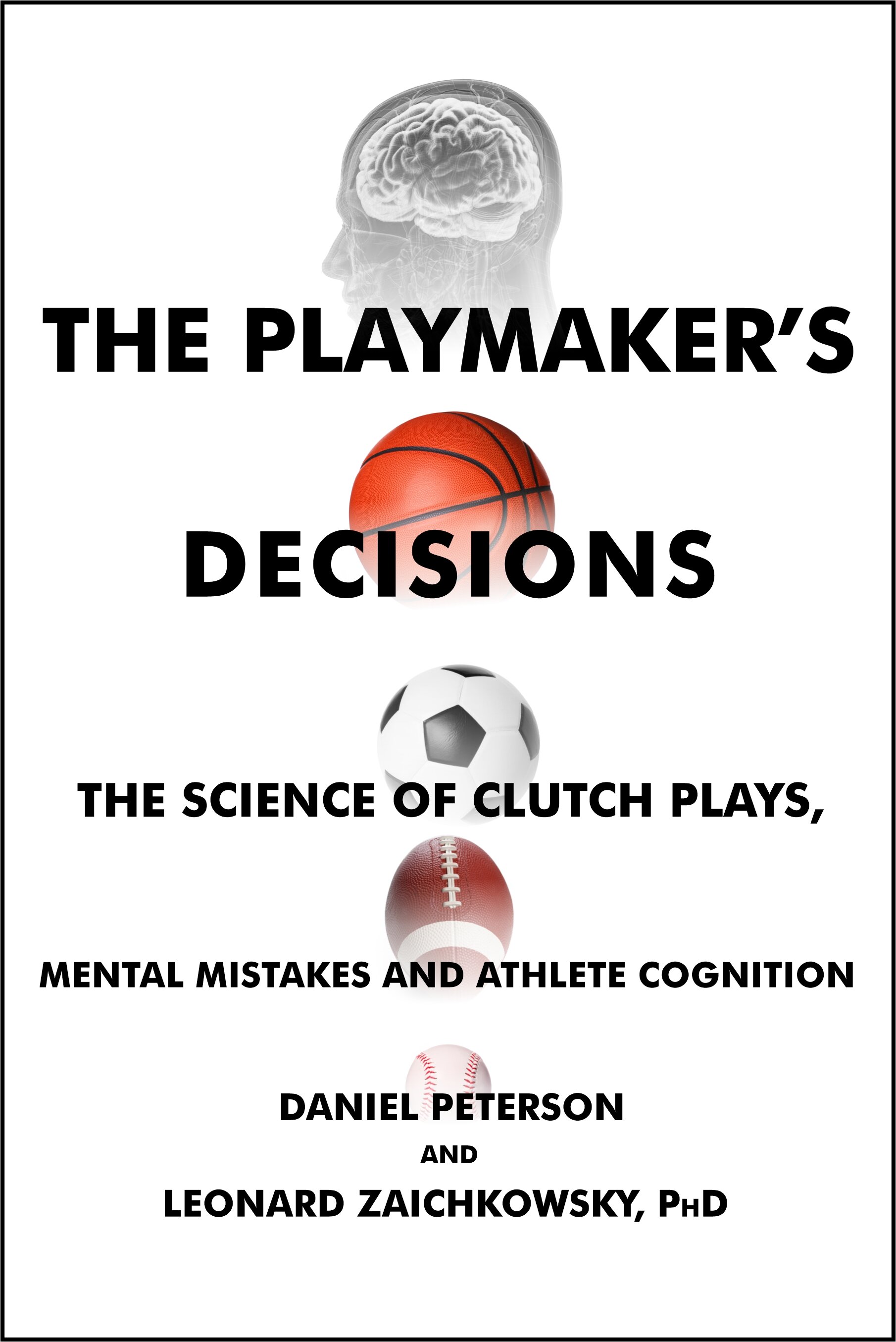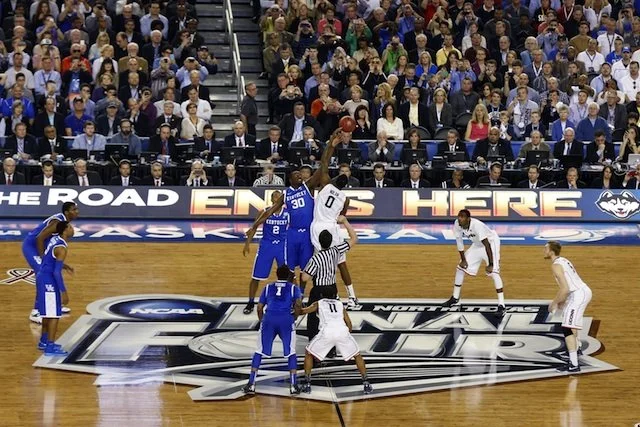The Mechanics Of Steroids
/ A $252 million contract to play baseball causes "an enormous amount of pressure ... to perform at a high level every day," according to Alex Rodriguez. The New York Yankees' third baseman provided a few more details last week about the anabolic steroids he used from 2001 to 2003 after he had signed a record-setting deal with his former team, the Texas Rangers.
A $252 million contract to play baseball causes "an enormous amount of pressure ... to perform at a high level every day," according to Alex Rodriguez. The New York Yankees' third baseman provided a few more details last week about the anabolic steroids he used from 2001 to 2003 after he had signed a record-setting deal with his former team, the Texas Rangers.Here is what most of us know about anabolic steroids: they make muscles grow faster, there are harmful side effects to our health, most sports leagues have banned them, and they are illegal without a prescription.
But how do they actually work? Does an athlete just pop a few pills and then wait for the Popeye-spinach effect? Let's dig a little deeper into the science of steroids.
Legal uses
Anabolic steroids, or anabolic-androgenic steroids (AAS), are the synthetic (made in a lab) derivatives of the naturally produced hormone testosterone. They promote the growth of muscle (anabolic effect) and the typical male characteristics of puberty (androgenic effect).
When legally prescribed, they are an option for patients who produce abnormally low levels of testosterone or who suffer from body-wasting diseases such as cancer or AIDS. When used by athletes, the goal is to speed up the body's natural muscle-building process.
When we lift weights heavier than what we're used to, we create tiny micro-tears in muscle fibers. The body's natural repair process repairs the tear and then overcompensates by adding bigger cells to build a stronger fiber — this is called muscular hypertrophy. Over time, this repeated process of teardown and re-build will result in muscle growth.
 Natural testosterone is the body's main ingredient for this process, but anabolic steroids can serve as a supplement.
Natural testosterone is the body's main ingredient for this process, but anabolic steroids can serve as a supplement.Once ingested, an AAS travels through the blood stream to the muscle tissue. It is drawn into the muscle cell's receiving dock, called an androgen receptor. Once delivered to the muscle cell, the steroid can interact with the cell's DNA and stimulate the protein synthesis process that promotes cell growth.
Different variants and amounts of AAS can cause different reactions producing either massive body-building physiques or more toned athletic muscles (i.e. Barry Bonds vs. A-Rod). Athletes experiment with different combinations (called stacking) or regimens (pyramiding) in an attempt to fine-tune the final result. A-Rod's stack was reportedly straight testosterone and Primobolan.
Beyond bulk
While the focus in the media is on the bulked-up home run hitters, anabolic steroids can also benefit pitchers and others who need a faster turnaround from sore, overused muscles. Intense exercise also releases cortisol, known as the stress hormone, which breaks down muscle tissue, producing sore muscles.
AAS can block cortisol from binding to the muscle cell's receptor sites, which diminishes the breakdown process. Less muscle breakdown means less muscle fatigue which would allow a pitcher to recover more quickly from a nine-inning outing.
Besides all of the known negative side effects of using steroids just for ergogenic reasons, there is also the uncertainty of what exactly you are taking. Last month, federal Drug Enforcement Administration agents arrested the owners of an Alabama-based online pharmacy on charges that they filled hundreds of illegal prescriptions for anabolic steroids for clients across the country.
The worst news for the customers of this pharmacy was delivered by U.S. Attorney Deborah Rhodes: "Each of the pharmacy owners and pharmacists named in the indictment are charged with prescribing and selling veterinary steroids, approved for cattle and livestock only, to humans."
Please visit my other sports science articles at LiveScience.com
































